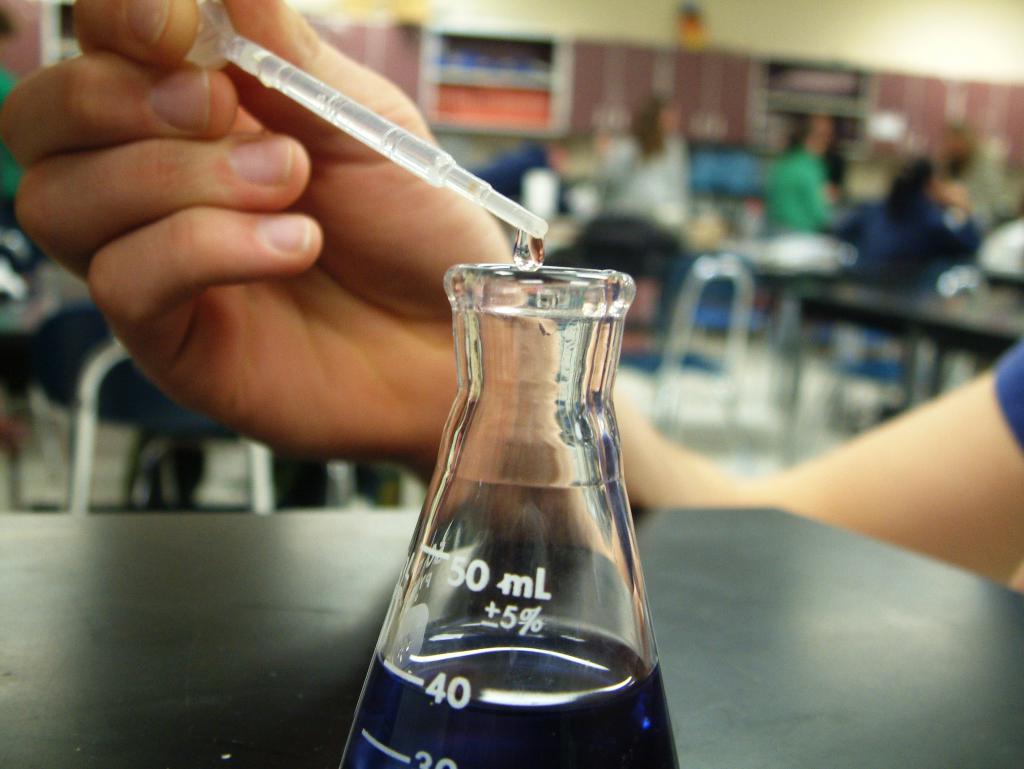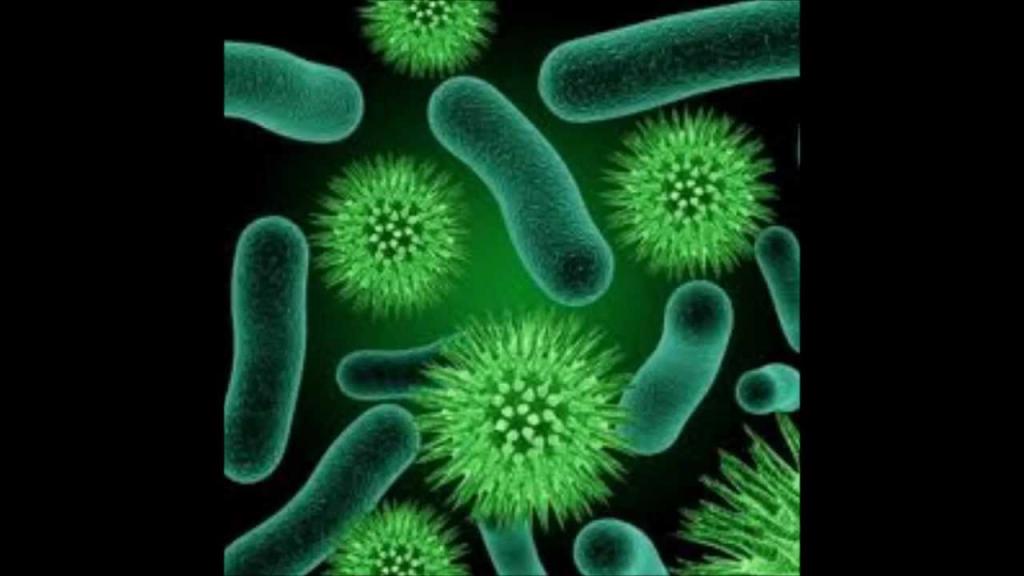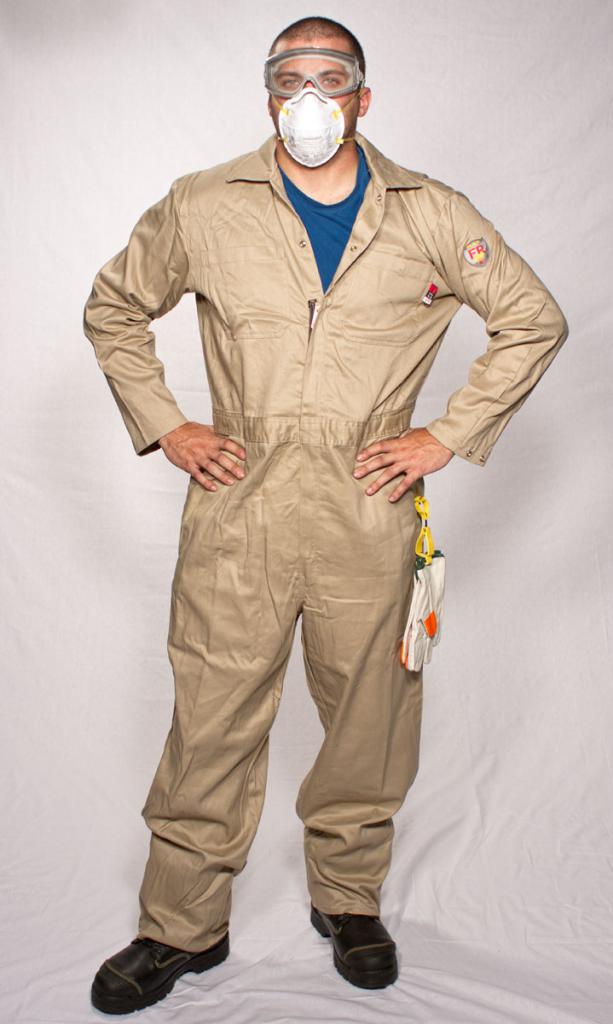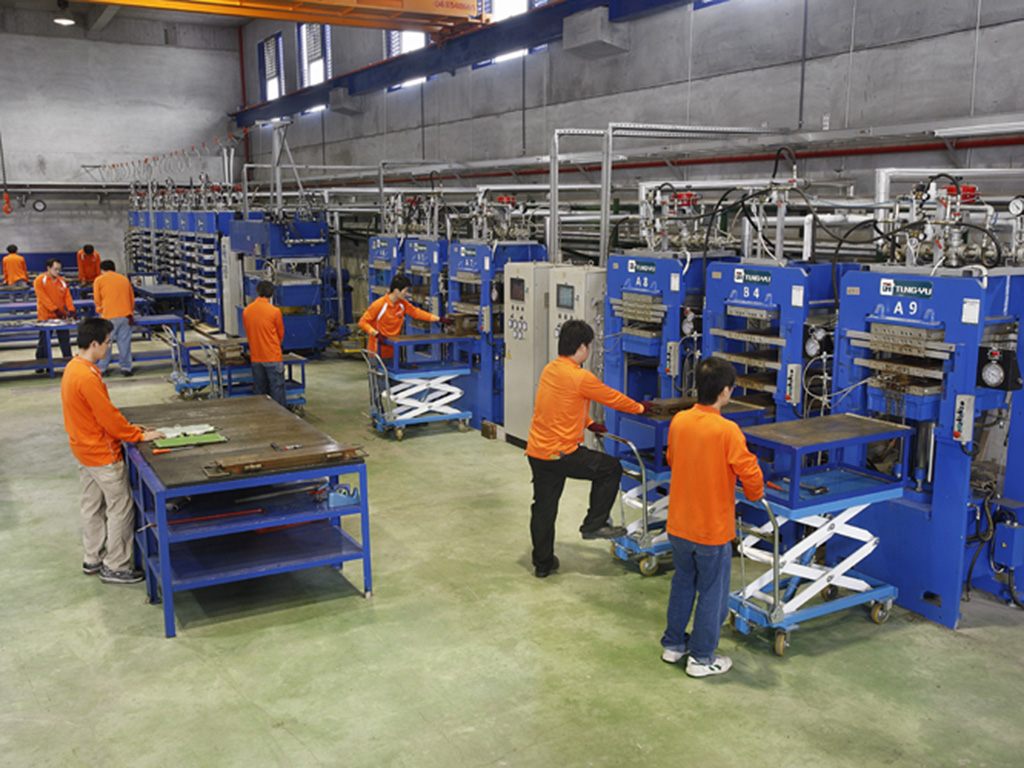Negative factors of the working environment affect a person in the process of his labor activity, they are regulated by the relevant GOST. In addition, there are special concepts, for example, the HACCP system, which analyzes and controls risks to ensure the safety of food products. All factors are divided into dangerous and harmful.
Dangerous and harmful factors
Negative factors of the working environment include those that have a dangerous effect on the human body, which can lead to injury. A feature of this type is that the effect manifests itself immediately. For example, dropping a heavy load on a worker’s leg leads to a broken bone. Injury can be either mild or fatal.
Among the types of negative factors of the working environment, harmful effects are also distinguished. This term refers to the effect of substances or conditions that, in the future, can cause illness in an employee. For example, for people whose labor activity is associated with radioactive substances, a reduction in the length of the working day, surcharge for harmful conditions and earlier retirement are provided. These measures minimize the risk of serious illness.
And those and other species are further divided into four groups.
Physical factors
The physical group of negative factors in the working environment includes hazardous and harmful effects. They can threaten a person with instant injuries or a complication of a state of health in the future.
The following elements are hazardous negative physical factors of the work environment:
- machines and mechanisms in motion;
- all devices transporting goods in the vertical and horizontal direction;
- open moving, cutting, moving or rotating items of equipment;
- particles of material flying off during mining;
- machines for the operation of which electric current or heat is used.

The employer should, whenever possible, minimize the physical factors that can cause injury. This can be done through the allocation of a special lane for moving vehicles, the use of protective materials covering hazardous equipment elements and other preventive measures designed to reduce the risk of injury.
The harmful negative physical factors of the work environment include:
- fluctuating air temperature;
- high or low humidity;
- high air speed;
- constant exposure to noise, vibration, ultrasound or radiation (ionizing, electromagnetic, infrared and the like);
- dust or gas contamination;
- poor lighting or, conversely, increased brightness of light;
- ripple of the light flux.
Thus, the air quality of the working area has a great impact on human health. Physical negative factors of the work environment should be reduced as much as possible.
Chemical factors
Dangers of this kind can lie in wait at almost any enterprise. Chemical negative factors of the working environment are classified according to the principle of action on the employee's body as follows:
- general toxic lead to poisoning of varying severity;
- irritating effects on the respiratory system, the surface of the eyes, ear canals and mucous membranes of all organs and systems;
- sensitizers cause allergic reactions;
- carcinogens initiate the growth of cancer cells and the occurrence of tumors;
- mutagenic ones affect germ cells and change hereditary material.
Vapors and gases of benzene, phenylmethane, carbon monoxide, oxides of sulfur and nitrogen, suspended particles of lead, mercury and manganese, toxic dust can have such an effect. The chemical effect is especially strong in industries working with beryllium, lead bronzes and brass, plastics with harmful additives. But all these factors are more likely to be harmful, since it is prolonged inhalation of vapors that threatens health problems in the near future. Dangerous negative factors of the working environment - instant chemical burn with aggressive substances, primarily acids and alkalis.

Biological factors
Injuries and diseases can occur due to contact with living organisms. In this case, we are talking about biological negative factors of the working environment. The group includes:
- microorganisms such as bacteria, fungi or viruses;
- macroorganisms, for example, dangerous plants and animals;
- harmful products of animal and vegetable origin.

The receipt of raw materials from regions with unfavorable epidemiological conditions leads to the infection of goods. If an employee has contracted a virus and acquired a disease, according to the classification of negative factors in the work environment, this will be considered a harmful effect. If it was bitten by an animal, a dangerous factor is stated.
Psychophysiological factors
Another group is called psychophysiological. The following species are distinguished in this segment:
- physical negative factors of the working environment, which, in turn, are divided into static (efforts made without moving the body, for example, holding the load for some time) and dynamic (moving heavy objects at a certain distance);
- neuropsychic overloads, which include excessive mental concentration or overstrain of the organs of hearing, vision and so on.

The influence of psychophysiological factors cannot be underestimated. They lead to stress, increased fatigue, drowsiness. As a result, it harms not only health, but also the labor process. A person who is constantly in tension will not be able to work effectively.
While technical devices are most often the sources of negative factors of the working environment that have a physical, chemical, or biological character, then the actions of workers play an important role in the psychophysiological segment.
Relationship between factors
Harmful and dangerous factors are closely interconnected with each other. Not only can one factor relate to different species at the same time, some also give rise to others. The most striking example is the presence of conductive dust in a room with high humidity. Separately, these are harmful factors that slowly undermine the body's immunity, but in aggregate they become dangerous, since the risk of electric shock increases.
Acids threaten chemical burns in direct contact with the skin, this allows them to be attributed to dangerous factors. But at the same time they are harmful, since inhalation of vapors negatively affects health.
In addition, dangerous and harmful factors have the same nature of the impact, namely, active. This means that negative energy is contained within themselves. For comparison, those factors that do not cause harm in themselves, but only when a person interacts with them, have an active-passive character.For example, slippery surfaces, heights, sharp corners of equipment, and similar items cannot lead to illness or injury if a person does not interact with them, while radiation impairs health without direct contact.
In addition, there is a passive nature of the effect, manifested indirectly. It includes, for example, corrosion, which does not affect a person by itself, but can destroy any elements of the equipment, which can lead to failure and accidents.
Levels of negative environmental factors
Occupational safety standards systems and sanitary-hygienic rules regulate the maximum permissible values of negative factors. This means that at each stage of labor activity, exposure levels are established that the employer has no right to exceed. Moreover, the manager independently or with the help of specialists monitors that the maximum value of factors (for example, noise level) during daily work during the entire working experience does not reduce working capacity and does not lead to illness either during it or after retirement. In addition, these factors should not create health problems for future generations; in other words, gene mutations should not occur.
Dangerous area
There are hazardous areas in the working areas. This is the name of the space in which the negative factors of the working environment are concentrated. Potentially dangerous machines containing rotating or cutting elements are located there. They can grab hair or clothing.
The employee is in this territory during working hours, therefore measures should be taken to prevent the occurrence of accidents. For example, the issuance of personal protective equipment and the use of safety or protective structures for hazardous elements.
Occupational diseases
Exposure to a person of negative factors of the working environment leads to diseases. They are divided into:
- acute, for the occurrence of which a single exposure of harmful factors was enough;
- chronic, associated with the constant exposure to harmful factors in the workplace, having a cumulative effect.

Most often, people who are engaged in labor activities in dusty and gas-polluted environments, exposure to noise and vibration, and those who are engaged in hard physical work are sick. They manifest:
- respiratory tract diseases: asthma, bronchitis, pneumonia, tuberculosis, silicosis, silicosis, anthracosis, casting fever;
- vasospastic hand disease;
- diseases of the spinal column and joints;
- tunnel syndromes;
- otitis media and other hearing diseases;
- dermatitis;
- pathology of the optic nerve, eyeball, choroid.
Other diseases may also occur. They can usually be cured by improving working conditions or changing professions.
Industrial injuries
In addition to diseases, there is always a risk of injury. For some professions this is especially true, among them:
- driver;
- locksmith;
- electrician;
- gasman;
- gas electric welder;
- handyman.

About 100 thousand people are injured at workplaces annually, 2-4 thousand of them are fatal. The reason for this is the use of incorrect methods of work, the imperfection of technological processes and equipment, the lack of overalls, careless attitude to safety issues, poor working conditions, insufficient qualifications, overload and irregularity of the labor process.
Household environment
Despite the fact that negative factors are usually considered in the framework of production, they can also occur in the most ordinary household situations.For example, there are pollutants not only in the air of the working area, but also in the atmosphere and natural water. Potentially deadly vehicles are abundantly represented on the streets. When traveling in a tram, trolleybus or subway train, you can be shocked in case of serious accidents on power lines. Home outlets can also be a source of danger. And electromagnetic radiation affects the body with frequent exposure to a TV screen or computer monitor.
Common Causes of Disease
There are also factors that are even more dangerous or more likely to cause disease. These include:
- Heavy metals contained in water, food, polymeric materials, paints, decorative cosmetics. Exceeding the concentration of even useful in small amounts of elements (copper, zinc, manganese, molybdenum, cobalt, iron) leads to intoxication of the body. What can we say about the content in household items of mercury that depresses the nervous system, lead, which reduces mental development, cadmium, which disrupts the kidneys, and arsenic, which leads to cancerous tumors in the skin.
- Volatile organic substances found in solvents, cleaning agents, paints or adhesives. Formaldehyde, which may be present in abundance in building panels, furniture, or textiles, stands in a special place among such compounds. Inhalation of this substance in small quantities leads to dizziness, weakness, irritation of the mucous membranes, and bouts of nausea. High concentrations can trigger oncology. It is possible to reduce the harm of volatile organics by keeping indoor plants that absorb pollutants.
- Combustion products in the air when cooking on a gas stove. First of all, these are oxides of carbon, nitrogen and sulfur. Incomplete combustion products are polycyclic aromatic hydrocarbons, which are also present in tobacco smoke, fried, smoked food. If the kitchen is poorly ventilated, the air can be very contaminated with harmful compounds. The situation is exacerbated by the burning of large volumes of oxygen during gas combustion. Together, this leads to bronchitis or dermatitis, and can have a carcinogenic effect on a person.
In addition, there are pesticides often used to control insects and rodents, tobacco smoke, which contains heavy and radioactive metals, dust that causes allergies, pathogens that are abundant in the kitchen, bathroom and toilet rooms.
Security Methods and Tools
Identification of negative factors in the work environment is the first step in choosing ways to ensure worker safety. To do this, an assessment must be made and characteristics of the dangers inherent in the equipment and technological processes determined.
After this, measures must be taken to reduce the level of negative factors of the working environment in the source using preventive measures. This responsible task can be assigned only to competent specialists with experience in this type of activity.
Technological measures
Specialists should develop measures to replace obsolete equipment, introduce a modern technological process, automation and mechanization. They are responsible for isolating and shielding sources of negative factors in the work environment. To do this, professionals select mastic, wrapping from fibrous materials, filling or mixed heat-shielding means for tight equipment. When choosing, the efficiency and safety of the valves, their mechanical properties, efficiency, strength and ease of maintenance are taken into account.The operating temperature of the insulated elements is calculated and controlled so that it does not turn out to be close to the upper permissible limit.
Thermal insulation means not only limit the impact of the physical group of negative factors in the production environment, but also reduce fuel consumption for equipment while increasing its productivity.
Shielding is carried out by installing metal, glass, as well as air and water curtains.
Preventive actions
Production facilities should have an optimal air temperature, and personnel should be provided with personal protective equipment and pharmacological preparations. Overalls are chosen convenient and comfortable, but at the same time moisture- and air-tight. Depending on the specifics of the work, suits may have a luminous efficiency. The head, if necessary, should be protected by a helmet, the face with a folding mask, and the eyes with glasses.

A labor protection specialist monitors the rationality of the work and rest regime and adjusts it depending on working conditions. Short but frequent breaks are considered optimal.
Regular briefings for workers should be a mandatory measure, as often people get injured as a result of their own wrong actions and neglect of safety rules. Often people who are just starting work and who do not have sufficient knowledge and skills to work safely become affected. In the future, the cause of accidents may be inattention and negligence, but even with caution and following all the rules, injuries are possible due to the deterioration of the psychophysical state due to fatigue.
The coordinated actions of specialists in the field of labor protection and the work team, attention to their own safety will help to avoid the negative impact of harmful and dangerous production factors.
